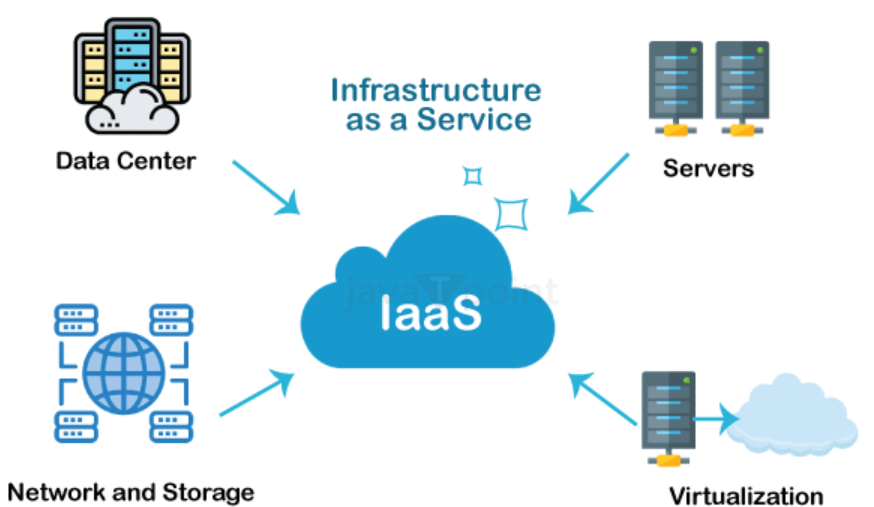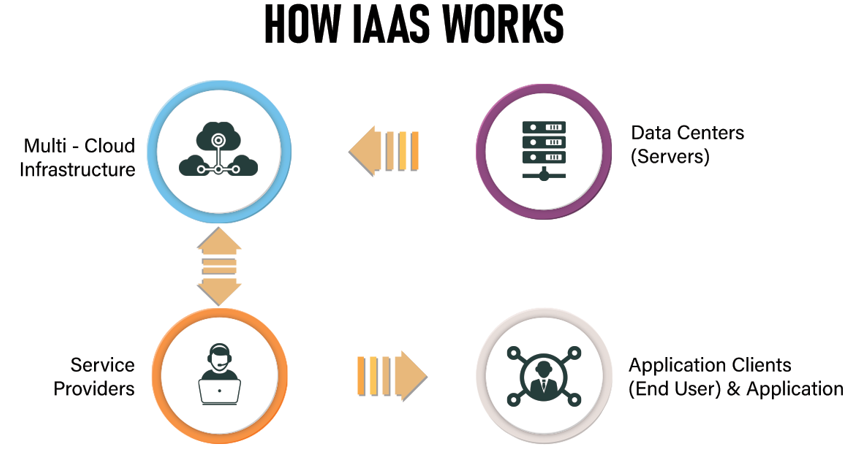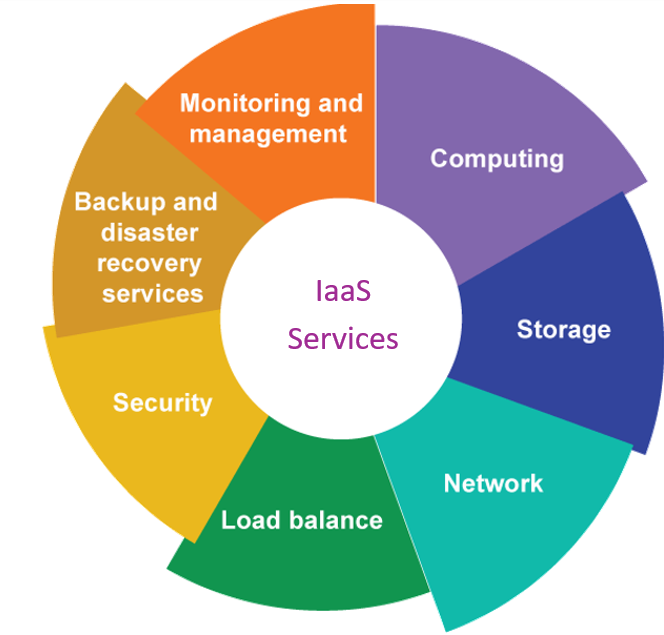Infrastructure as a Service (IaaS) is a fundamental component of cloud computing, providing users with on-demand access to computing, storage, and networking resources via the Internet. Together with Platform-as-a-Service (PaaS) and Software-as-a-Service (SaaS), IaaS is one of the three main cloud service models. It has evolved into a vital option for businesses aiming for flexibility, scalability, and cost-effectiveness in their IT infrastructure.
Let’s learn more about IaaS with WeCloudData!
What is IaaS in Cloud Computing?
In cloud computing, IaaS enables companies to replace on-site hardware with a virtualized computing infrastructure. Cloud service providers such as Amazon Web Services (AWS), Microsoft Azure, and Google Cloud Platform (GCP) handle physical data centers and provide infrastructure access via virtual machines (VM), therefore removing the need for organizations to possess or manage physical servers.

Why Infrastructure-as-a-Service (IaaS) Matters in 2025
In the rapidly evolving digital landscape, IaaS is important for supporting AI workloads, data analytics, remote work settings, and edge computing. IaaS is ideal for businesses of any size, from startups to large enterprises, due to its ability to adjust resource scaling in accordance with workload requirements
For Example, during the high-demand period, such as Black Friday, an online retail business can immediately adjust its infrastructure to meet demand without adding the costs of additional servers. The ability to scale and manage costs effectively is the major factors that lead organizations to opt for IaaS instead of traditional data centers.
How IaaS Works in Cloud Computing
IaaS platforms utilize virtualization to enable users to set up compute, storage, and networking resources through a web-based dashboard or APIs. Cloud providers manage the supporting hardware and provide tools for automation, security, and maintaining system health.

Key features of IaaS tools include:
- Automated scaling and resource allocation
- Policy-based automation for tasks like backup, disaster recovery, and load balancing
- Monitoring dashboards for performance tracking
- Security controls for access management, compliance and encryption

Types of IaaS Resources in Cloud Computing
Modern IaaS platforms deliver a comprehensive ecosystem of physical and virtualized resources, which serve as the basis for cloud-native and hybrid applications and are the building blocks of any cloud infrastructure.
Compute Resources
With IaaS compute services, users can provision virtual machines (VMs) and bare-metal servers with various CPU, GPU, and memory configurations.
- VMs and Containers: Users can select traditional VMs or container-based workloads (using tools such as Kubernetes) for quicker, lightweight deployment.
- GPU-accelerated computing: GPU-accelerated computing is ****essential for AI/ML workloads and data analysis pipelines.
- Auto-scaling: Modifies computing resources dynamically according to load to guarantee performance and cost-effectiveness.
Popular IaaS Compute Examples:
- Azure Virtual Machines
- Amazon EC2
- Google Compute Engine
Storage Resources
In cloud computing, IaaS accommodates various storage types based on performance, access patterns, and durability needs.
- Block Storage: Similar to virtual hard drives, ideal for databases and operating system disks.
- File Storage: Perfect for shared file systems, file servers, and media content.
- Object Storage offers high scalability and durability, and is a preferred choice for storage resources. It works well with serverless functions, big data frameworks, and AI workloads.
Networking Services
Infrastructure as a service (Iaas cloud computing) networking links compute and storage resources across various regions and data centers through secure, scalable, and software-defined networking (SDN). Network services include;
- Load balancers for the distribution of traffic
- Gateways and firewalls for secure perimeter management
- VPNs and direct links for extending on-premises environments into the cloud
- Virtual Networks
Data Centers and Edge Infrastructure
IaaS providers run worldwide data centers and are progressively offering edge locations for ultra-low-latency applications such as real-time video streaming, IoT, and industrial automation.
Platform Services and DevOps Tools
While IaaS is centred around basic infrastructure, many providers now offer packages that include DevOps tools, container orchestration (Kubernetes), CI/CD pipelines, and AI-ready infrastructure. This empowers users with infrastructure capabilities and some of the benefits of PaaS while maintaining their control.

Real-World IaaS Examples
IaaS have many real-world use cases, some of them are listed below;
| Industry | IaaS Use Case Example |
|---|---|
| E-commerce | Autoscaling web servers during sales events |
| Healthcare | Secure data storage with high availability |
| AI/ML | GPU-based compute instances for model training |
| Education | Virtual labs for cloud computing courses |
| Finance | Disaster recovery and compliance infrastructure |
Benefits of Infrastructure as a Service (IaaS)
IaaS has become the go-to solution for startups and enterprises by offering agility, resilience, and global scale. Today’s IaaS solutions are economical and designed to foster innovation, accommodate new technologies, and assist companies in competing within a data-centric economy. Key benefits of infrastructure as a service, iaas cloud computing, are listed below;
- Faster Deployment: Provision infrastructure in minutes, not months.
- Cost Savings: Pay only for what you use with no upfront hardware costs.
- Global Scalability: Expand infrastructure across global data centers.
- Secure and Reliable: Built-in backups, high availability, and disaster recovery.
- Performance at Scale: Auto-scaling, load balancing, and AI-ready infrastructure.
- Sustainable: Energy-efficient data centers reduce carbon footprint.
- AI & Analytics Ready: Power ML, big data, and real-time applications.
IaaS –The Engine Behind Scalable, Intelligent Cloud Solutions
Infrastructure as a service (Iaas) cloud computing continues to evolve, powering modern business agility, supporting global innovation, and enabling smarter, data-driven decisions. Whether you’re a startup building your first MVP or a Fortune 500 company undergoing digital transformation, IaaS offers the backbone you need without the complexity of hardware ownership.
Learn IaaS, PaaS, and SaaS with WeCloudData
Want to get hands-on with cloud infrastructure? At WeCloudData, we offer industry-driven cloud computing and data analytics programs designed to help you build real-world skills in IaaS, PaaS, SaaS, and more. If you are an company looking to upskill its employees, we offer Corporate training that will be customized to your training needs.
Explore our Cloud Computing Courses in Canada and take the next step toward becoming a cloud expert. Whether you’re new to tech or upskilling for a career move, we’re here to help you succeed.
Upskill with WeCloudData: Become a Cloud Engineer & Analytics Leader
Our Cloud Engineer Track delivers a comprehensive, hands-on approach to cloud engineering, equipping you with the skills to design, deploy, and manage secure, scalable, multi-cloud environments. The courses included in the cloud computing learning track include;
- Python Fundamentals
- Introduction to Linux
- Introduction to Docker
- AWS Fundamentals
- Azure Fundamentals
- GCP Fundamentals
Why This Program?
- End-to-End Cloud Mastery: From core principles to advanced architectures across AWS, Azure, and GCP.
- Enterprise-Grade Skills: Learn industry best practices for DevOps, resilience, and cost-optimized solutions.
- Real-World Readiness: Apply knowledge through hands-on projects and case studies mirroring modern IT challenges.
Who Should Enroll?
- Aspiring Cloud Engineers and Architects
- DevOps & SRE Professionals expanding their cloud expertise
- Tech professionals transitioning to multi-cloud environments
Visit WeCloudData to start your journey into Cloud Computing!

